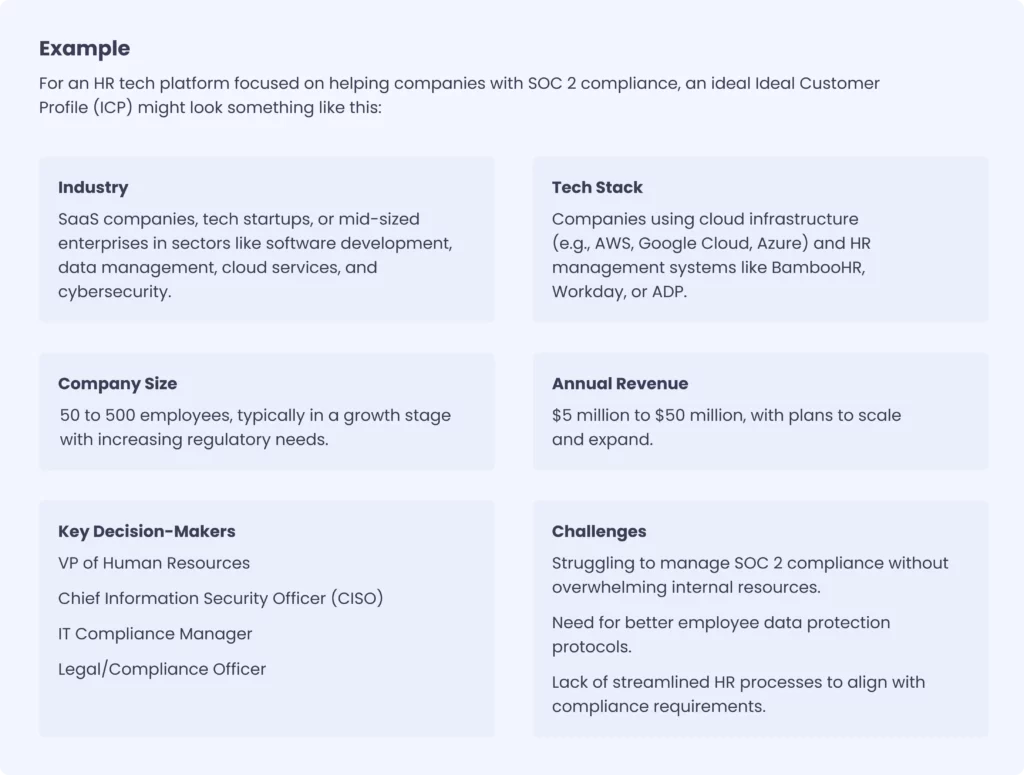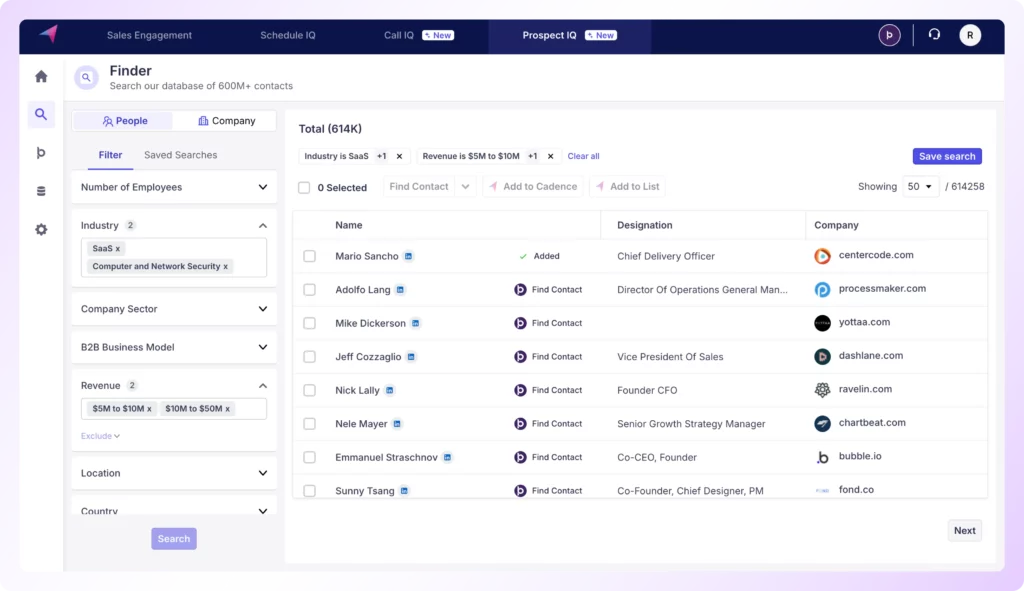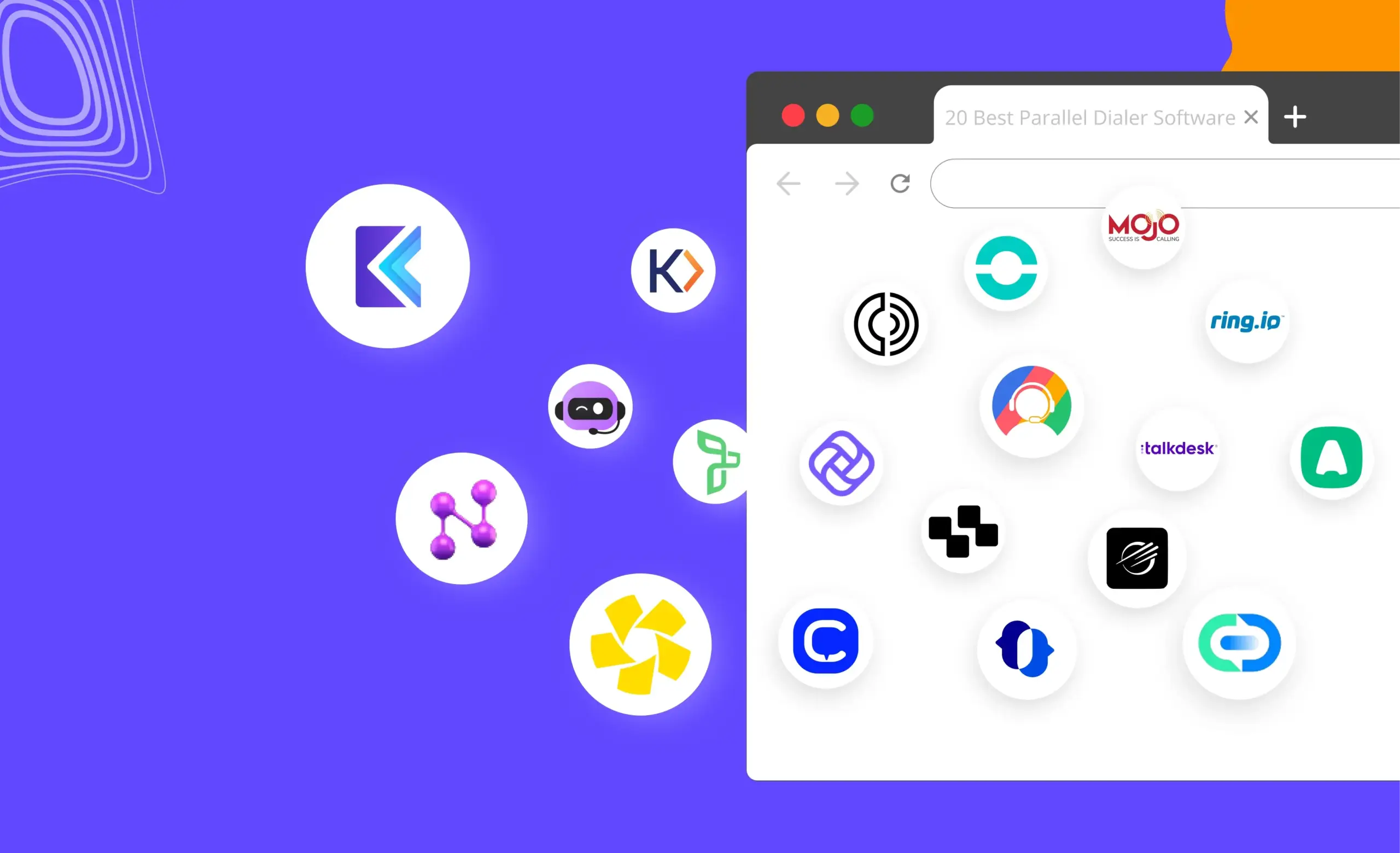Outbound calling is one of the best ways to build a solid sales pipeline. In today’s world, where AI can handle so many sales outreach tasks — like researching prospects and cranking out emails — the one thing that makes SDRs truly shine is the ability to pick up the phone and have real conversations and book more meetings.
Let’s face it, no email template or automated message can match the trust and connection that comes from an actual phone call. There’s something powerful about the personal touch—being able to get immediate feedback, adjust your message on the spot, and really engage with your prospect. That’s why outbound calling remains a critical piece of any successful sales outreach strategy.
In this post, we’re going to walk you through the 6 important strategies that can make an outbound calling process successful and how Dial IQ can improve your outbound calling.
What are Outbound Calls?
An outbound call is pretty much what it sounds like: It is when a sales rep reaches out to potential or existing customers over the phone. The goal? It could be anything from prospecting and drumming up new leads to following up after previous sales interactions.
Often, these are cold calls. This means the sales team is contacting people who don’t have any prior relationship with your business and might not even know your company exists.
How are they Different from Inbound Calls?
These are calls that come in from customers or prospects who are already interested in your business. They’re the ones making the first move—maybe they’re calling to ask a question, get support, or find out more about a product or service. With inbound calls, people are already somewhat familiar with your brand and want to engage.
So, in a nutshell: outbound is about you, the sales rep reaching out, while inbound is all about receiving interest that’s already there.
6 Strategies to Supercharge Outbound Calling
Here are six key strategies to optimize your outbound calling efforts:

With this info in hand, your sales reps can use prospecting tools like Prospect IQ to build a call list that includes both email addresses and phone numbers.

Beyond prospecting tools, don’t forget to tap into your CRM, social media, industry databases, and any other reliable sources to round out your call lists.
Once your list is ready, segment it by criteria such as industry, company size, location, or even buying behavior. This way, you can tailor your messaging and approach for each group, which will boost your chances of making a real connection.
Pro Tip: Keeping your call lists updated is just as important as building them. Regularly scrub your lists to remove outdated contacts and incorrect info, so your team is always working with the most up-to-date details.
2. Equip Yourself with the Right Outbound Dialer
Consider this: Each sales rep in your team is on a mission to book 8-10 meetings every month from a list of 100 companies. To pull it off, each rep needs to make a high volume of dials every day. Let’s assume their daily target is to make at least 200 dials.
Now, here’s the deal—if they’re dialing these numbers manually, it’s going to be a marathon. We’re talking about 4-5 hours of punching in numbers, leaving voicemails, logging outcomes, and basically spending more time on repetitive tasks than actually talking to prospects.
So, how do you make this process less of a grind? You invest in an Outbound Dialer solution. This nifty tool eliminates the need to manually punch in numbers, leave voicemails, and update call notes in CRM, freeing your reps to focus on having real conversations rather than wrestling with their call lists.
When choosing a dialer, look for one that offers different modes like the Focus Dialer, Power Dialer, and Parallel Dialer. These can speed up your dialing game by up to 5 times compared to doing it manually.
Here’s how they work:
- Parallel Dialer: For those reps who thrive on high volumes, this one’s a game-changer. It lets them dial up to 5 prospects at once, cutting down on the time spent dialing and letting them focus on conversations.
- Power Dialer: Perfect for reps who like to keep things orderly. It dials one number at a time, creating a distraction-free zone so they can zero in on each call without interruptions.
- 1 Click-to-Call Dialer: Great for reps using a multi-channel strategy. It pulls up prospect information from your CRM or calling software before each call, helping them craft personalized pitches and boost conversion rates.
In addition to these features, look for dialers that offer Local Presence Dialing, Call Recording, Call Transcriptions, and easy logging of call outcomes in your CRM. These features further enhance the efficiency and effectiveness of your outbound calling efforts.
3. Time Your Calls Strategically
Research shows that the best times to call are usually between 8-10 AM or 4-6 PM in their local time zones when they are more likely to be at their desks and less distracted. By scheduling call blocks around these windows, reps can improve their chances of reaching prospects when they’re most available.
Additionally, adjusting call blocks based on geography ensures that reps aren’t wasting time calling prospects outside of business hours. This strategy increases the likelihood of engaging in meaningful conversations.
Don’t just go with what seems right—test different calling times to see what works best for you. Track your call outcomes and adjust based on what you find. Maybe you’ll discover that your prospect prefers early mornings or late afternoons.
4. Create a Clear Call Script
Having a clear call script can be a game-changer in your outbound calling efforts. Here’s how to build one that works:
A solid call script should include these key parts:
- Opening: Start with a friendly and engaging introduction. Mention your name, your company, and a brief reason for the call.
- Pitch: This is where you present your value proposition. Keep it concise and focused on how you can solve a problem or meet a need.
- Objection Handling: Prepare responses for common objections. This shows you’re ready for their concerns and helps keep the conversation moving forward.
- Closing: End with a clear call to action, whether it’s scheduling a follow-up meeting, sending more information, or any other next step.
While having a script is great, you don’t want to sound robotic. Use your script as a guide, but be ready to adapt based on how the conversation goes. Listen actively and adjust your approach to keep the conversation natural and relevant.
Your script shouldn’t be static. Gather feedback from your calls and track outcomes to see what’s working and what isn’t. Regularly update your script based on this feedback to keep it fresh and effective.
5. Choose an Appropriate Local Number
The reason for this is simple—people are way more likely to pick up a call from a number that looks familiar rather than some random toll-free one. By showing up with a local presence, you’re not just increasing the chances of getting through, but also opening the door for more meaningful conversations with potential customers.
When someone sees a local number on their caller ID, it feels legit. That little touch of familiarity can make all the difference, creating an instant sense of trust and credibility. It’s like saying, “Hey, I’m one of you!”—which means your call is more likely to be answered, and you’ve already made a good first impression before you even start talking.
But don’t just grab any local number—choose one that makes sense for your target market. Do some homework on area codes and regional prefixes to find the ones that match where your ideal customers are. The right local number can make your outreach feel more relevant.
6. Measure Key Outbound Calling Metrics
Tracking your outbound calling metrics isn’t just about crunching numbers—it’s about getting a real-time snapshot of how your campaign is performing. These data points help you understand what’s working, what’s not, and where you can tweak things for better results. Here are some key metrics you should keep an eye on:
- Number of Meetings Booked: The number of meetings booked shows how many opportunities you are generating within a given timeframe (like a month or quarter). These meetings are then handed over to the account executives, who take the deals to the finish line. It’s a clear indicator of how well you are moving prospects down the funnel.
- Number of Quality Conversations Not all conversations are created equal. A quality conversation happens when a call lasts more than a minute, and your rep gets at least one piece of qualifying information. This usually means the prospect is engaged and there’s some back-and-forth dialogue, making it a crucial metric to track.
- Conversation-To-Meeting Rate This metric gives you the ratio of how many of those quality conversations actually lead to meetings. How to calculate it: (Meetings booked per month/Quality conversations per month) x 100
- Total Dials Made This is the raw number of dials you make, including those that don’t get answered or are disconnected. Tracking this on an hourly or daily basis helps you gauge the sheer volume of outreach that’s happening.
- Number of Voicemails Left Since more than half of your calls will end up in voicemail, this metric is key. Leaving voicemails is a critical part of the outbound calling process, especially when it can take 20 to 50 touches to engage a cold prospect.
- Number of Follow-up Calls Here’s a stat that might surprise you: 80% of sales require five follow-up calls after a meeting, but 44% of reps throw in the towel after just one follow-up. This metric tracks how many follow-up calls your reps make for each prospect in a specific timeframe.
- Call Duration for Connected Calls For the calls that do get through, knowing how long each one lasts is crucial. Longer call durations often indicate more in-depth conversations, which can be a good sign that the prospect is engaged and interested.
How can Klenty’s Dial IQ help you make Outbound Calls?
Klenty’s Dial IQ is a powerful outbound calling solution built to take all the manual work involved in outbound calling so you can focus on what matters—having meaningful conversations with prospects.
Here’s what Dial IQ offers:
- Multi-Mode Dialer: Whether you need speed, precision, or personalized calls, Dial IQ’s got you covered with multiple dialing options.
- Local Presence Dialer: Want to boost your chances of getting prospects to pick up? Dial from a number with their local area code, and watch your connect rates soar!
- Call Recording: Want to see how your calls stack up? Call recording lets you review, analyze, and refine your cold calling game anytime.
- AI-Powered Note Taking: Ever wish you could focus on the conversation without worrying about taking notes? Now you can! Dial IQ’s AI automatically logs notes into your CRM, making it feel like you’ve got a personal assistant doing all the hard work.
- Voicemail Drop: Couldn’t connect with the prospect? No problem! Send a personalized pre-recorded voicemail with just one click and keep the conversation going even when you’re not on the line.
- Call Forwarding and Routing: Never miss a hot lead again. If you’re out of the office, Dial IQ routes those incoming prospect calls straight to another rep, so no opportunity slips away.
- Call Outcomes: With an easy way to mark the status of each call, you’ll know exactly where each prospect stands in the pipeline.
- Call Reports: Want to track your performance and improve your game? Dial IQ’s detailed call reports show you exactly where to amp your cold calling efforts.
With Klenty’s Dial IQ, you’ll connect with more prospects, have better conversations, and book more meetings than ever before.





